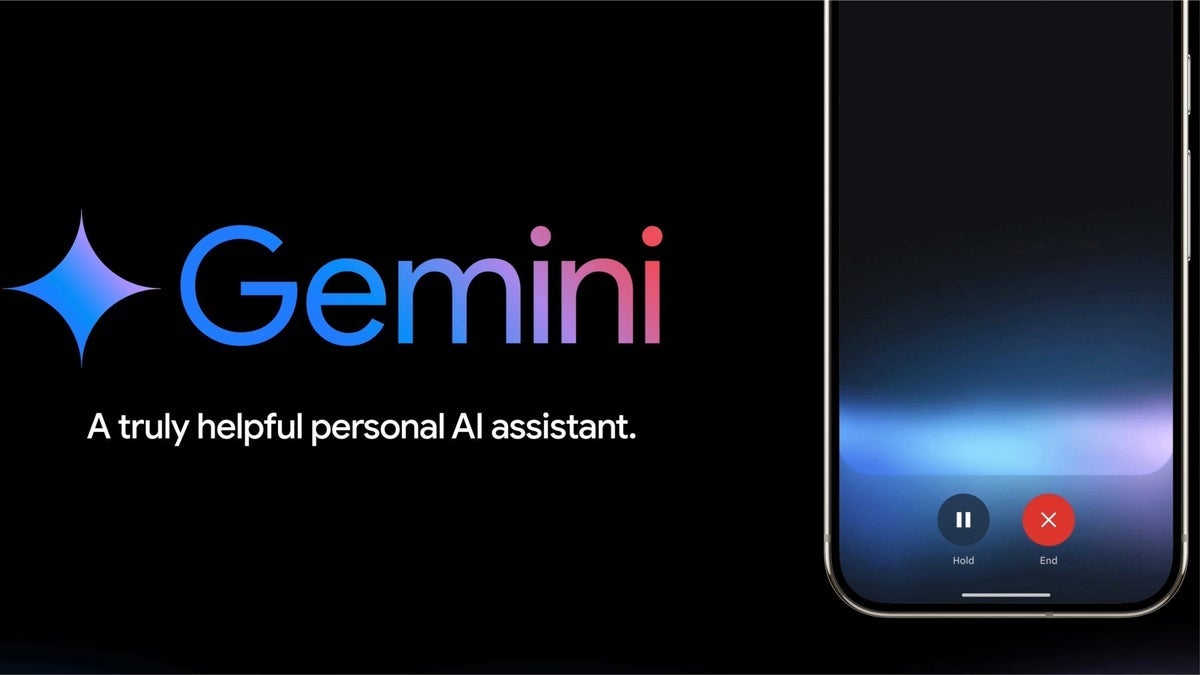EMV 3DS ACS & Passkey Support for Secure Online Payments
Read the full article here Introduction to EMV 3DS and its Role in online Payments The growth in online payments has brought significant challenges, especially around security and user experience. EMV® 3-D Secure (3DS) has become a critical framework for authenticating card-not-present (CNP) transactions online to tackle these challenges directly. EMV 3DS connects merchants, issuers, and payment providers to authenticate cardholders securely, reducing fraud rates and improving checkout experiences. This article explores how emerging methods such as Passkeys, FIDO (Fast Identity Online), and Secure Payment Confirmation (SPC) are integrated into the EMV 3DS protocol, providing crucial advancements in online payment security. Frictionless vs Challenge Flow in EMV 3DS Within EMV 3DS, two main authentication methods exist: frictionless flow and challenge flow. In frictionless transactions, the issuer’s Access Control Server (ACS) leverages risk-based assessments, based on rich transaction data, without interrupting the user’s checkout experience. Conversely, when a transaction is identified as potentially risky, the challenge flow initiates additional user verification — often via OTP or biometrics through FIDO-based methods. Notably, incorporating FIDO technologies has allowed issuers to improve frictionless flows significantly by providing high-quality risk signals from previous authentications. SPC further strengthens the challenge flow, introducing a secure, phishing-resistant method to authenticate high-risk transactions, protecting customers and businesses alike. Issuer Passkey Authentication With Secure Payment Confirmation (SPC) Secure Payment Confirmation (SPC) adopts principles from FIDO authentication, with the issuer becoming the FIDO Relying Party. SPC utilizes public-key cryptography, ensuring a secure pairing between a FIDO authenticator (e.g., user’s smartphone or laptop) and the issuer. Authentication with SPC consists of two stages: Initial registration: The user registers their device-based authenticator (Passkey) with their issuer through a seamless setup process. Transaction-time challenge: Authentication is executed via an SPC challenge during checkout, requesting biometric verification or PIN entry, thus guaranteeing the legitimate user’s identity. Successfully integrating Passkeys with SPC yields strong, phishing-resistant authentication, shifting away from traditional methods vulnerable to fraud or user friction. Current Ecosystem & Major Vendors Supporting FIDO & SPC The ecosystem required to support coordinating technologies (3DS, FIDO, SPC) is steadily maturing. Leading ACS providers like Entersekt, Broadcom, and Netcetera have already started supporting Passkeys and FIDO integration, showing readiness towards modernizing CNP authentication. However, implementing SPC necessitates specific browser-level support, meaning widespread availability and adoption depends partly on browser ecosystem advancement. Issuers, merchants, and ACS providers must increasingly assess their technology stacks and readiness for this innovation. Navigating Regulatory Requirements & User Experience Needs Globally, regulatory compliance, especially regarding Strong Customer Authentication (SCA), strongly influences authentication method choices. SPC addresses these regulatory challenges effectively, aligning closely with international standards like those set forth by W3C. Nevertheless, customer adoption also hinges on tangible improvements in convenience and security. Emerging authentication options like Passkeys and SPC directly respond to the need for streamlined processes which not only fulfill stringent compliance demands but significantly reduce authentication friction. Preparing For SPC: Strategic Recommendations & Next Steps While immediate SPC implementation still awaits broader ecosystem readiness, issuers and merchants can powerfully enhance current EMV 3DS capabilities today by adopting Passkeys early. Passkeys already offer strong authentication potential, delivering frictionless security along with enriched risk analytics data to improve issuer confidence significantly. Businesses should prioritize early adoption of Passkeys in EMV 3DS flows to streamline checkout processes and reduce cart abandonments effectively. Forward-thinking businesses are making critical moves today to ensure their technologies remain adaptable and ready for full SPC adoption once ecosystem support matures. Find out more about the strategic integration of EMV 3DS, Passkeys, FIDO, and Secure Payment Confirmation, and how your business can prepare, in our comprehensive article here.

Introduction to EMV 3DS and its Role in online Payments
The growth in online payments has brought significant challenges, especially around security and user experience. EMV® 3-D Secure (3DS) has become a critical framework for authenticating card-not-present (CNP) transactions online to tackle these challenges directly. EMV 3DS connects merchants, issuers, and payment providers to authenticate cardholders securely, reducing fraud rates and improving checkout experiences.
This article explores how emerging methods such as Passkeys, FIDO (Fast Identity Online), and Secure Payment Confirmation (SPC) are integrated into the EMV 3DS protocol, providing crucial advancements in online payment security.
Frictionless vs Challenge Flow in EMV 3DS
Within EMV 3DS, two main authentication methods exist: frictionless flow and challenge flow. In frictionless transactions, the issuer’s Access Control Server (ACS) leverages risk-based assessments, based on rich transaction data, without interrupting the user’s checkout experience. Conversely, when a transaction is identified as potentially risky, the challenge flow initiates additional user verification — often via OTP or biometrics through FIDO-based methods.
Notably, incorporating FIDO technologies has allowed issuers to improve frictionless flows significantly by providing high-quality risk signals from previous authentications. SPC further strengthens the challenge flow, introducing a secure, phishing-resistant method to authenticate high-risk transactions, protecting customers and businesses alike.
Issuer Passkey Authentication With Secure Payment Confirmation (SPC)
Secure Payment Confirmation (SPC) adopts principles from FIDO authentication, with the issuer becoming the FIDO Relying Party. SPC utilizes public-key cryptography, ensuring a secure pairing between a FIDO authenticator (e.g., user’s smartphone or laptop) and the issuer.
Authentication with SPC consists of two stages:
- Initial registration: The user registers their device-based authenticator (Passkey) with their issuer through a seamless setup process.
- Transaction-time challenge: Authentication is executed via an SPC challenge during checkout, requesting biometric verification or PIN entry, thus guaranteeing the legitimate user’s identity.
Successfully integrating Passkeys with SPC yields strong, phishing-resistant authentication, shifting away from traditional methods vulnerable to fraud or user friction.
Current Ecosystem & Major Vendors Supporting FIDO & SPC
The ecosystem required to support coordinating technologies (3DS, FIDO, SPC) is steadily maturing. Leading ACS providers like Entersekt, Broadcom, and Netcetera have already started supporting Passkeys and FIDO integration, showing readiness towards modernizing CNP authentication.
However, implementing SPC necessitates specific browser-level support, meaning widespread availability and adoption depends partly on browser ecosystem advancement. Issuers, merchants, and ACS providers must increasingly assess their technology stacks and readiness for this innovation.
Navigating Regulatory Requirements & User Experience Needs
Globally, regulatory compliance, especially regarding Strong Customer Authentication (SCA), strongly influences authentication method choices. SPC addresses these regulatory challenges effectively, aligning closely with international standards like those set forth by W3C. Nevertheless, customer adoption also hinges on tangible improvements in convenience and security.
Emerging authentication options like Passkeys and SPC directly respond to the need for streamlined processes which not only fulfill stringent compliance demands but significantly reduce authentication friction.
Preparing For SPC: Strategic Recommendations & Next Steps
While immediate SPC implementation still awaits broader ecosystem readiness, issuers and merchants can powerfully enhance current EMV 3DS capabilities today by adopting Passkeys early. Passkeys already offer strong authentication potential, delivering frictionless security along with enriched risk analytics data to improve issuer confidence significantly.
Businesses should prioritize early adoption of Passkeys in EMV 3DS flows to streamline checkout processes and reduce cart abandonments effectively. Forward-thinking businesses are making critical moves today to ensure their technologies remain adaptable and ready for full SPC adoption once ecosystem support matures.
Find out more about the strategic integration of EMV 3DS, Passkeys, FIDO, and Secure Payment Confirmation, and how your business can prepare, in our comprehensive article here.










































































![Beats Studio Pro Wireless Headphones Now Just $169.95 - Save 51%! [Deal]](https://www.iclarified.com/images/news/97258/97258/97258-640.jpg)















































































































































































































































![[The AI Show Episode 146]: Rise of “AI-First” Companies, AI Job Disruption, GPT-4o Update Gets Rolled Back, How Big Consulting Firms Use AI, and Meta AI App](https://www.marketingaiinstitute.com/hubfs/ep%20146%20cover.png)
































































































































































































































































